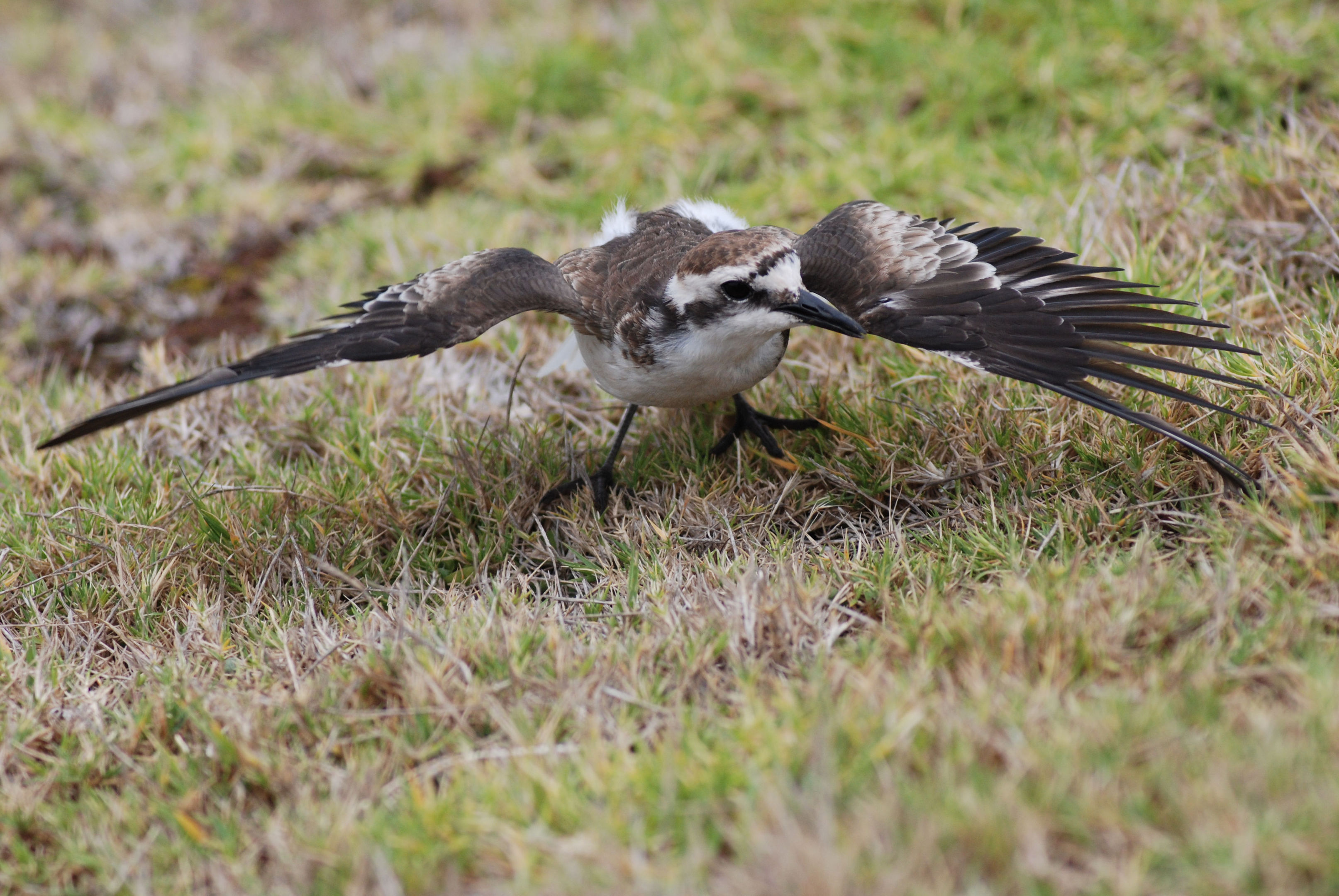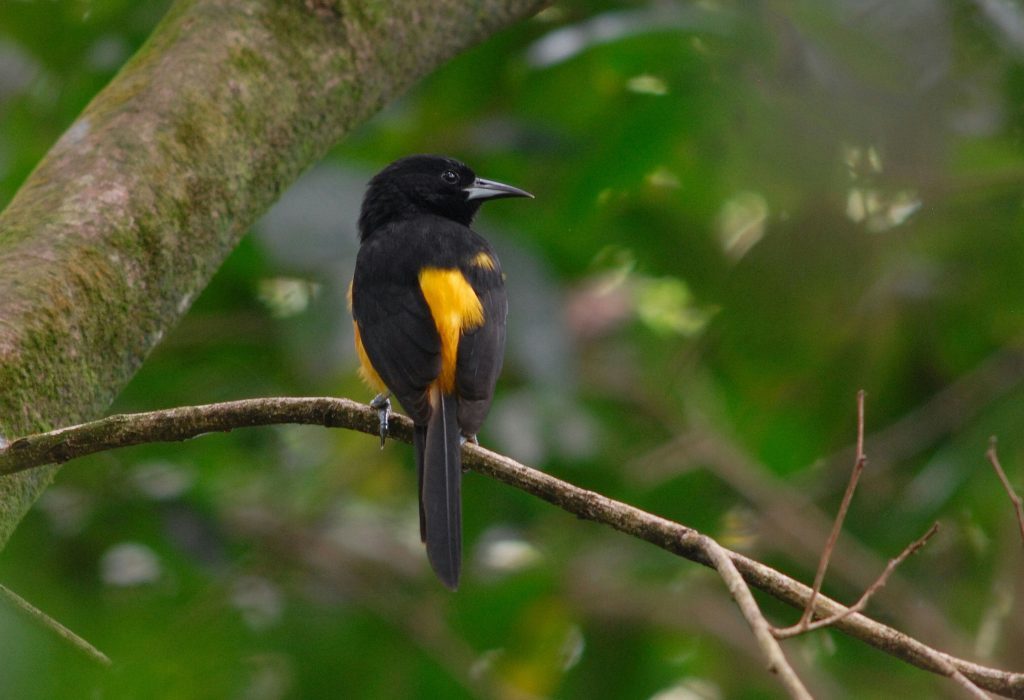
TWO of the world’s rarest birds, found in UK Overseas Territories, have been brought back from the edge of extinction, a new assessment shows.
The St Helena plover and the Montserrat oriole are no longer critically endangered, according to the latest global Red List of Threatened Species. The bird species have been moved to the lower-risk category of vulnerable to extinction.
The improvement in the two species’ fortunes comes after conservation work to protect and provide habitat for them, the RSPB said.
And an additional £1.75 million from the Government has been announced to save the UK’s only remaining critically endangered birds, the Tristan albatross and Gough bunting, both of which are found on Gough Island in the South Atlantic.
The St Helena plover, known locally as the “wirebird” because of its long thin legs, is only found on the UK Overseas Territory of St Helena in the South Atlantic, where numbers had fallen to just 208 individuals by 2006.
It was further threatened by the development of a new airport on one of its most important nesting sites, but work to clear non-native vegetation and create new habitats has helped boost numbers to more than 500 this year.
The Montserrat oriole, found only on the Caribbean island of Montserrat, also a UK Overseas Territory, lost two-thirds of its habitat following a series of volcanic explosions that began in 1995.
Management of feral livestock, protection of the remaining forest and a decrease in volcanic activity has helped the bird increase its numbers.
Both species have been downlisted from critically endangered on the new update of the Red List, produced by the International Union for Conservation of Nature (IUCN).
Jonathan Hall, RSPB head of UK Overseas Territories, said: “This is great news for two of our rarest birds and is the pay-off from the years of collaborative work with our local partners that have gone in to saving these threatened species.
“The St Helena plover and Montserrat oriole have both been to the very edge of extinction, but have been brought back through a combination of hard work, determination and enlightened funding.”
The Government funding will help the Tristan albatross and Gough bunting on Gough Island, part of the Overseas Territory of Tristan da Cunha, by supporting a eradication programme to get rid of invasive mice in 2019.
The mice have colonised the entire island, which is one of the world’s most important seabird nesting islands, and are estimated to kill 600,000 seabird chicks a year.
Eradication will require a skilled team of conservationists, helicopters, a support vessel and equipment, but is the only proven way to reverse declines of the birds, the RSPB said.
Clare Stringer, head of globally threatened species at the charity, said: “If mice can be removed from Gough, we could see the downlisting of the Gough bunting and Tristan albatross within the next decade, and we can look forward to a future when the UK and its territories will have no critically endangered birds – our unique species will be secure from immediate risk of extinction.”
READ MORE
Decline in species threatens ‘global mass extinction of wildlife’

Enjoy the convenience of having The Sunday Post delivered as a digital ePaper straight to your smartphone, tablet or computer.
Subscribe for only £5.49 a month and enjoy all the benefits of the printed paper as a digital replica.
Subscribe